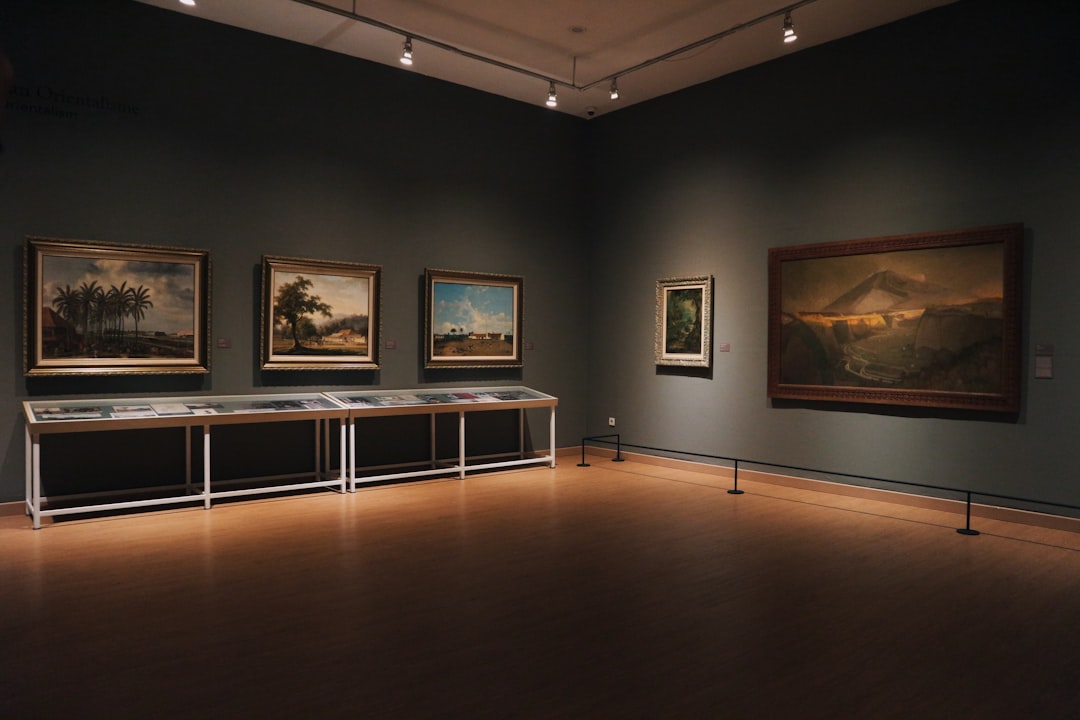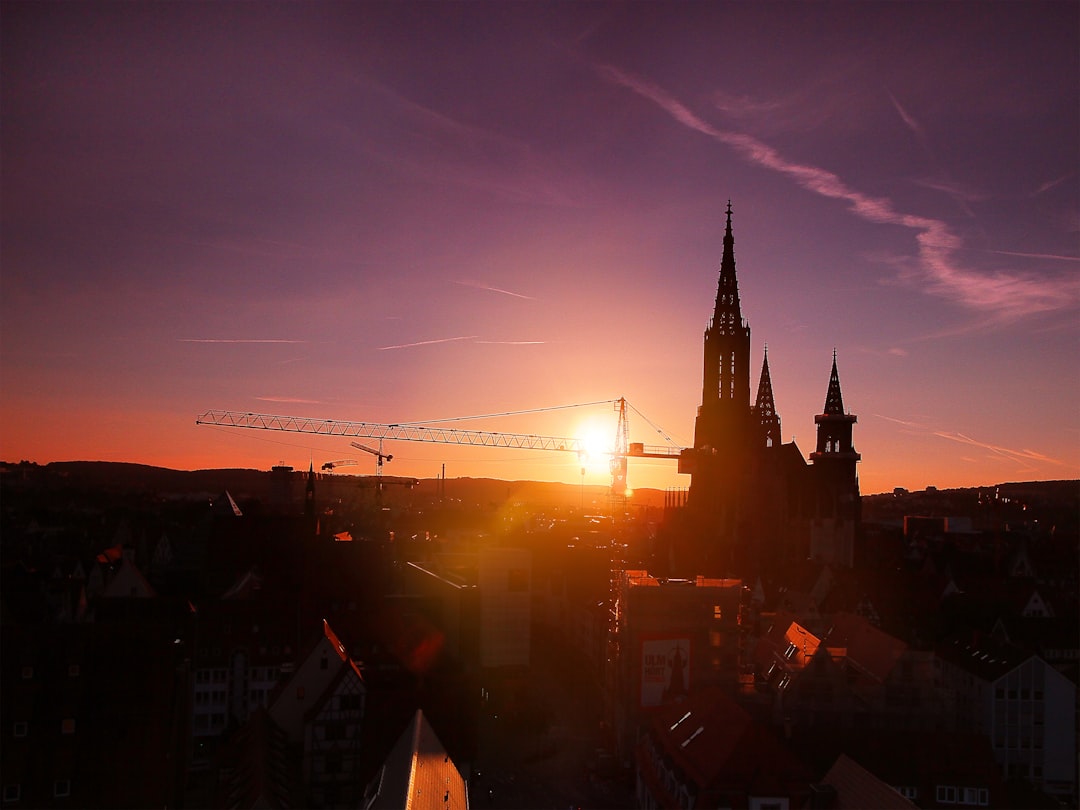What is it about?
The article revisits the main plans for post-war London showing that, rather than the green belt, green wedges were the main elements of the networks of green spaces to be created. They were conceived to help shape the new visionary city, and its new hope-for socio-spatial relations.
Featured Image
Why is it important?
What if London had numerous green wedges making a direct connection between the city and the countryside? The article shows that in fact it was replanned to be like so after the Second World War. In a moment when the green belt is being questioned and inner urban green spaces become more and more required, revisiting Abercrombie's plans gives us insights into potential planning directions for the capital regarding the implementation of a green-wedge strategy.
Perspectives
I believe this paper brings up important questions regarding positive planning, green space planning models and the future of London.
Dr Fabiano Lemes de Oliveira
University of Portsmouth
Read the Original
This page is a summary of: Abercrombie’s green-wedge vision for London: the County of London Plan 1943 and the Greater London Plan 1944, Town Planning Review, September 2015, Liverpool University Press,
DOI: 10.3828/tpr.2015.30.
You can read the full text:
Contributors
The following have contributed to this page










